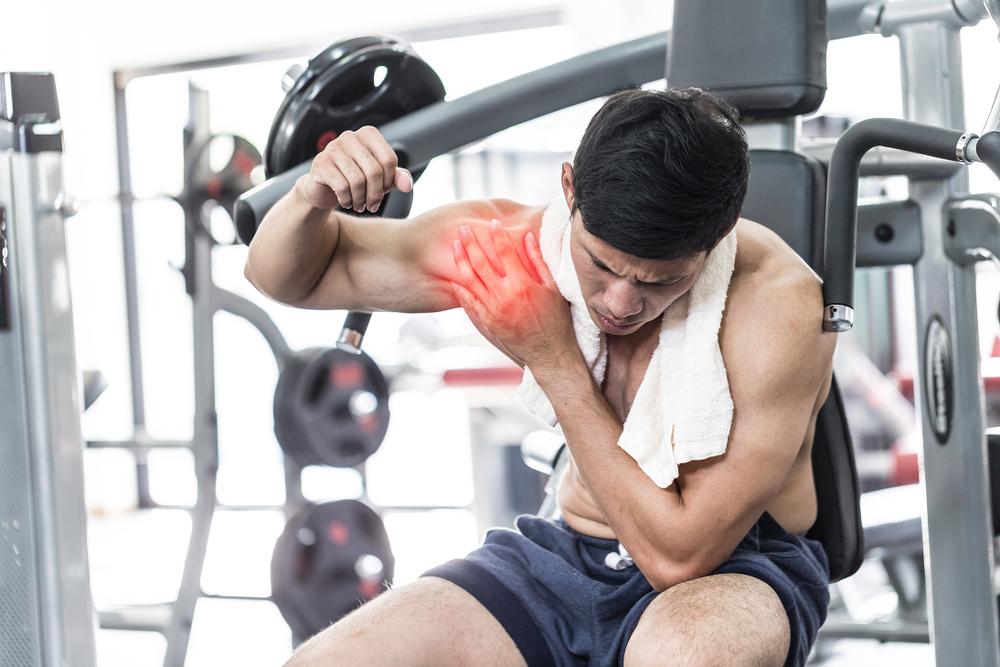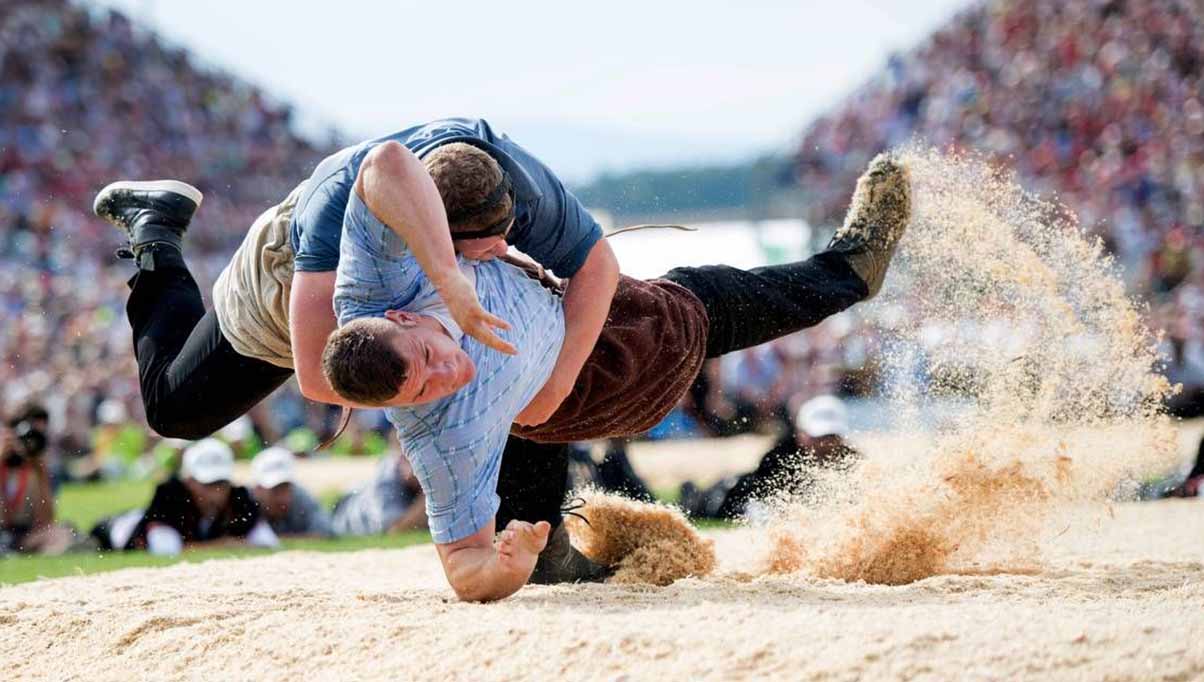One of the most common shoulder injuries, especially in sports, is a rotator cuff tear. Whether it’s happened to you or someone you know, you’ve most likely heard of it before, and nodding in sympathy while you try and figure out what it actually is.
To help provide some clarity on a rotator cuff tear, this is everything you need to know.
What is a rotator cuff tear?
The rotator cuff is a specific group of muscles in the shoulder that work to keep your arm in place through all its ranges of movement.
Within that group are four muscles known as the Subscapularis, Infraspinatus, Supraspinatus and Teres Minor
These muscles work effectively to stabilise the shoulder joint, but when overstrained or pushed too far, they can tear (either partial or full) causing a range of symptoms, such as:
- Difficulty raising your arm.
- Weakness in the shoulder itself.
- Pain whenever your arm is moved in certain ways, or when there is pressure against it (like lying down etc).
- Clicking/popping noise when the arm is moved.
- Trouble trying to lift items you’d normally have no problem with.
How does a rotator cuff tear happen?
A partial tear is the most common, it occurs when the joint is damaged but not too badly affected. A full tear can go all the way to the bone and sometimes separate the tendons from the shoulder itself.
While there are many causes of this injury, the more common ones include:
- Repeated strain, usually from sports or work where the arm is pushed too far in movement over time (lifting items overhead, throwing or pushing etc)
- Sports injuries like overextending the arm with a throw or swing, tearing the muscles.
- Traumatic injury, where the arm is pulled too far or the shoulder is hit heavily.
- People over 40, as well as those in construction work or with a family history of shoulder issues are at higher risk.
How is it treated?
Once a rotator cuff tear is confirmed (normally with MRI ultrasound), treatment is begun straight away to prevent further damage.
Most cases only require conservative treatment (non-surgical), but in situations where it’s a full tear or there are other connected issues, surgery may be suggested.
Conservative treatment
- Physiotherapy to build up strength in the shoulder again.
- Anti-inflammatories to manage swelling and pain.
- Shoulder braces like the OmoTrain to stabilise the area and assist recovery.
- Rest of the shoulder while it heals.
- Steroidal injections to restore muscle function and aid healing.

Featured above: OmoTrain Shoulder Brace
Surgical treatment
Surgical treatment of a rotator cuff tear can range from an arthroscopy (where a small incision will be made to repair the tear) all the way to a full shoulder replacement, depending on the severity of the tear and the patient themselves.
How can I prevent a rotator cuff tear?
While you can’t 100% prevent this injury occurring, especially if you have a physical job or play sports, you can reduce the risk and protect yourself. Here’s a few tips;
Strengthening in the muscles surrounding the area, particularly the pectorals, shoulder, upper arm and upper back muscles.
Using a stabilising support when playing sports, particularly if you’ve injured the shoulder in the past.
Ensuring the shoulder is flexible, either through physiotherapy, Yoga or other targeted stretches.
If you require assistance selecting the right product for your needs, book a video consultation with a Bauerfeind expert: Book Video Call, or call us on 1300 668 466
Do you have private health? Most private health extras will cover Bauerfeind Products, check to see if yours is included. Bauerfeind Private Health Insurance inquiry.
Bauerfeind products are developed at our innovation and manufacturing facility in Zeulenroda, Germany. Based on years of scientific research, our award-winning braces and support garments are highly recommended by medical professionals and athletes worldwide.
















